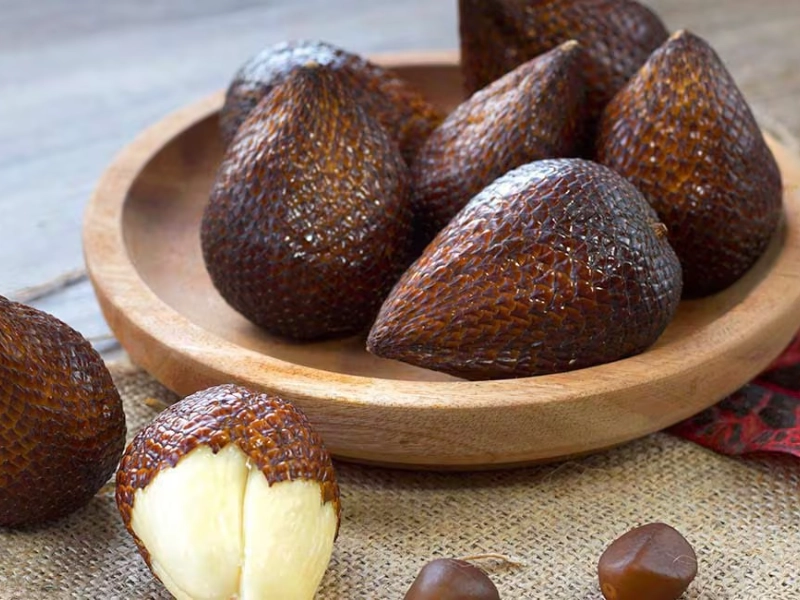5. Flavor Complexity and Varieties

Beyond its unique look, the sensory experience of snake fruit has a diverse flavour profile that differs greatly among its many variations. Each of the most often occurring varieties—Salacca zalacca (Indonesian), Salacca wallichiana (Thai), and Salacca glabrescens (Malaysian)—offers unique taste qualities. Though some types have traces of pineapple, apple, and pear, the flesh of the fruit usually blends sweet, acidic, and astringent tastes. The variety and ripeness determine the texture—from crisp and crunchy to supple and moist. Expert taste experts have found more than 20 distinct aromatic components adding to the distinct taste character of the fruit, including terpenes with subdued floral undertones and esters causing its fruish flavours. Certain premium kinds, such the Pondoh from Yogyakarta, are especially sought for their ideal mix of sweetness and acidity, which commands better prices in foreign markets. The taste complexity of the fruit has made it more and more popular in upscale restaurants where chefs use its distinct flavour in both sweet and savoury cuisine.
